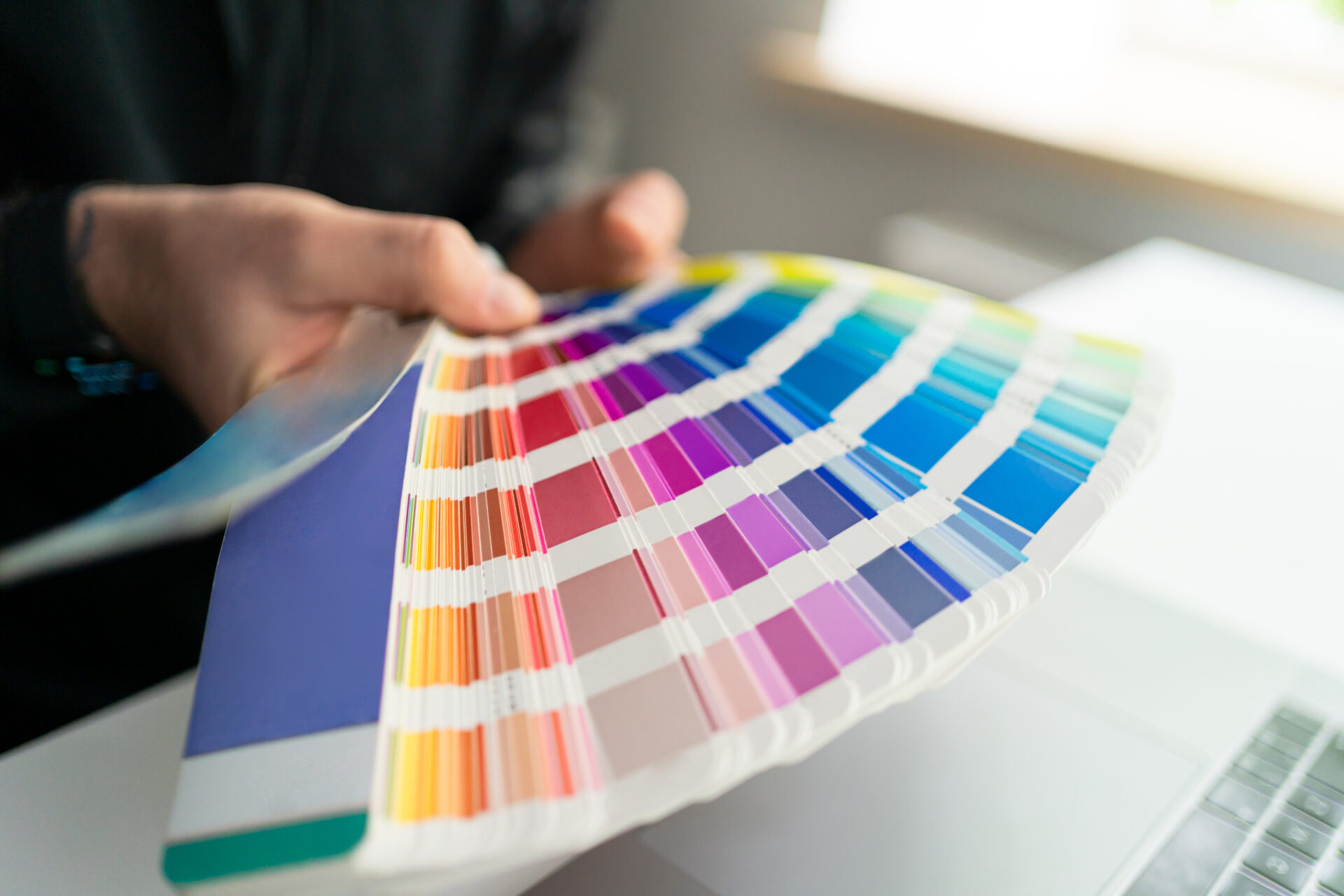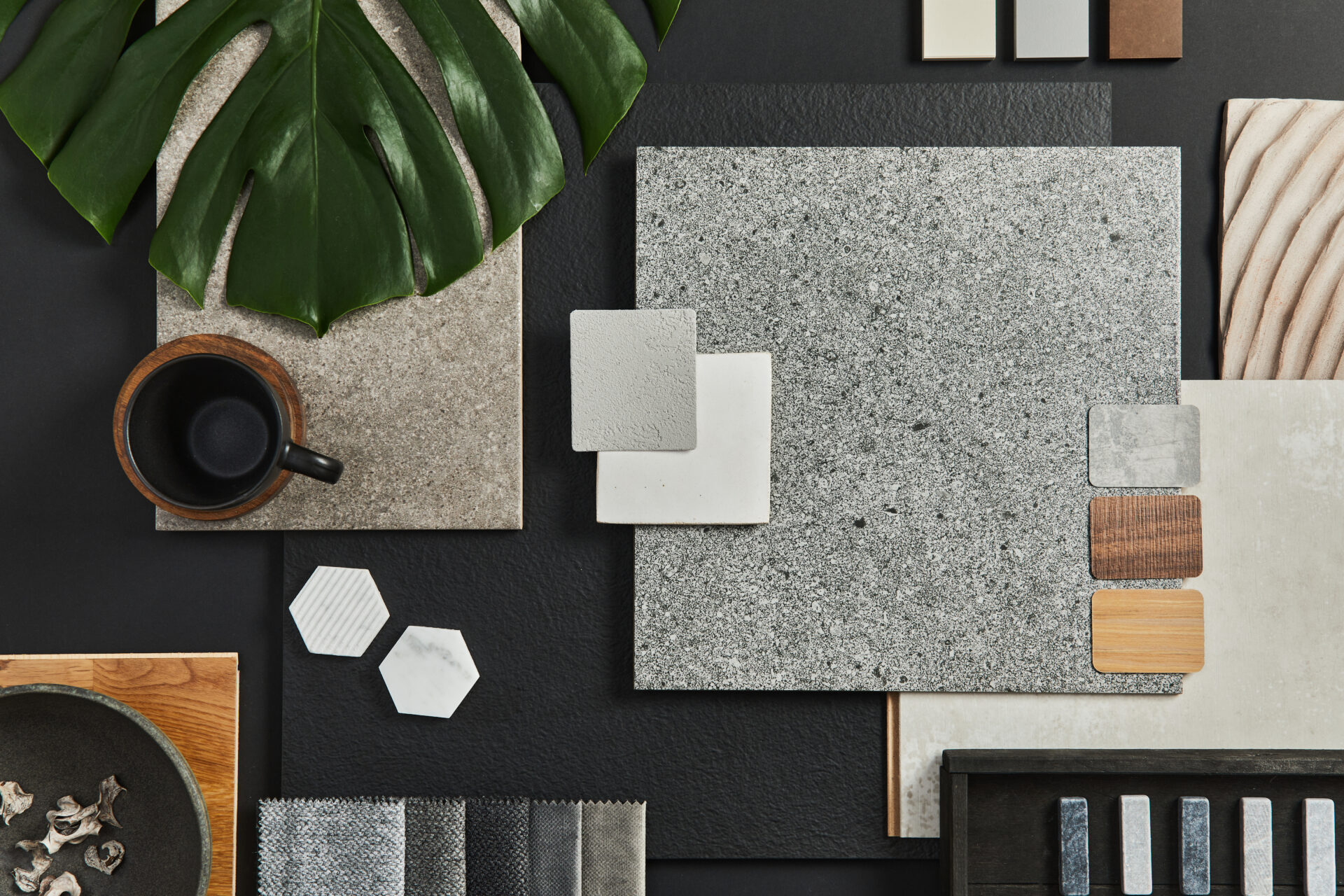COLOR AND LIGHT
Choosing a color and what you need to consider in terms of WEATHER, TIME OF YEAR, SUNLIGHT and DECORATION/TEXTILE
COLORS IN DIFFERENT DIRECTIONS AND THEIR IMPACT
Do you know the cardinal points of your apartment and its rooms? Does that sound like a strange question?
We dare to say that it is an advantage to use the cardinal points’ own energy and enhance colors
by knowing what light you get into the rooms.
Let’s go through the four different cardinal points together and see what you can take with you for maximum
planning of coloring your home.

NORR
This is the darkest and coolest room, as it gets its light from the sky and from reflections from
the ground and from any vegetation or opposing buildings. As there is only sun early
or late in the day, the biggest challenge is to get enough light. The light also gets colder and
tends to be bluer than in other rooms with more sunlight. This means that white colors
can take on a blue or purple tone, yellow colors tend towards green or red, and red tones become more blue.
Blue tones become even more intense in the north, and even a lighter green tends towards a colder blue. If you want to brighten
up a room in the north, it is recommended to choose light neutral colors such as white, gray and beige.
SOUTH
Here, of course, the opposite applies. Rooms in this direction will have a warm and slightly yellowish light, as
it is reached by direct sunlight when the sun is at its highest. Warm colors with yellow or red tones will be more
intense and luminous, while a blue tone will be perceived as more green. The colors in this room
will appear brighter than they would in other directions.
EAST
A room with a lot of light, but mostly morning and morning and tends to get darker as
the sun disappears towards the day. Towards afternoon/evening the color becomes more subdued and a little grayish.
WEST
A west-facing room becomes warmer and more intense in tone as the hours pass, culminating
at sunset. The yellow tone is similar to that of the south, but more saturated. If you want to
keep the warm feeling in the room, use shades that are similar to what the light itself creates.
Otherwise, you can also think a bit the other way around, that warm needs a cold undertone. To bring in a colder
shade because the room is already warmed up by the light.
Short summary:
Instead of seeing the reasoning with weather lines as complicated and difficult, choose to find the “common thread” of using weather lines as a puzzle piece and inspiring guide to how to color and
decorate your home.
ANNUAL TIMES
Color and light are inseparable and so the colors you choose will change with
the seasons, not just because of more sunshine in the summer, but the type of sunlight at different times
of the year, and that can quite drastically change the character of a room. Rooms with windows facing
west, but also east, are dark in the early afternoon in winter, but full of light well into
the evening in summer. Rooms facing north and south do not change to the same extent at different times
of the year, but keep an eye out for possible obstruction of natural light by buildings or large trees in
the vicinity, especially when the sun is low in the sky during the winter months.
SUNLIGHT
Daylight from windows illuminates the walls of the room differently. The façade wall is seen in backlighting and thus becomes the
darkest wall. The side walls of the room are illuminated by direct light, which can reveal
irregularities such as wallpaper joints. And the wall in the middle receives the most light, which means that the same
color is perceived very differently depending on which wall you look at. That’s why it’s good to have
in mind from the start how the windows are placed and make maximum use of the light, but also use
mirrors as an extra light source that contributes to life and energy in the room.
FURNISHINGS/TEXTILES
Furniture and textiles and their colors can rub off and reflect on the painted walls, but
also artificial light affects the color scheme, as incandescent light amplifies the yellow and red. A good way to
see how all these parameters affect, is to make at least two swatches on cover paper and
hang on the wall together with curtain samples and furniture to be included in the room’s interior
and see how they change under different lighting conditions and conditions for the best possible color
of the room.




